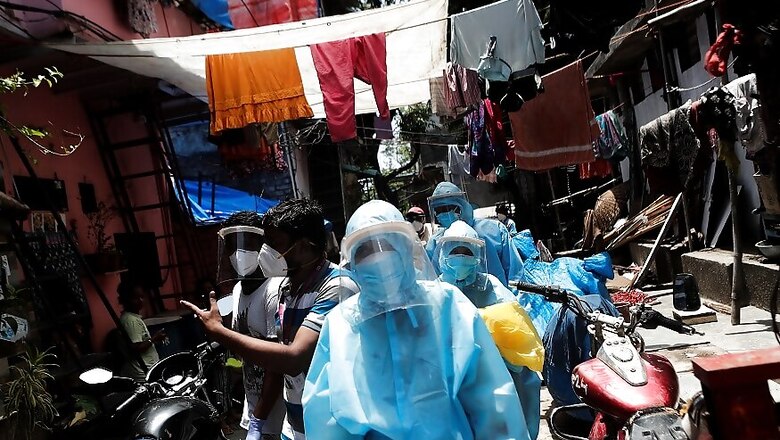
views
Nearly 40 per cent of the total number of Covid-19 cases in India is attributed to its three big metropolitan cities — Mumbai, Chennai, Delhi (M-C-D). Add Ahmedabad and Pune to the list and the percentage rises close to 48 per cent. Thus, nearly half of the total number of Covid-19 cases in India are being reported from 5 of the 8 Tier 1 or metro cities. More worryingly, almost 60 per cent of the deceased are from the 6 metros — Mumbai, Ahmedabad, Delhi, Chennai, Kolkata and Pune.
While Mumbai still counts for approximately 18 per cent of the total number of cases in India, the silver lining has been a slower growth rate of around 31 per cent between June 3 and 13. In contrast, Chennai and Delhi not only have a high proportion of cases, but have also seen a very high growth rate of above 70 per cent and 60 per cent in this period of 10 days.
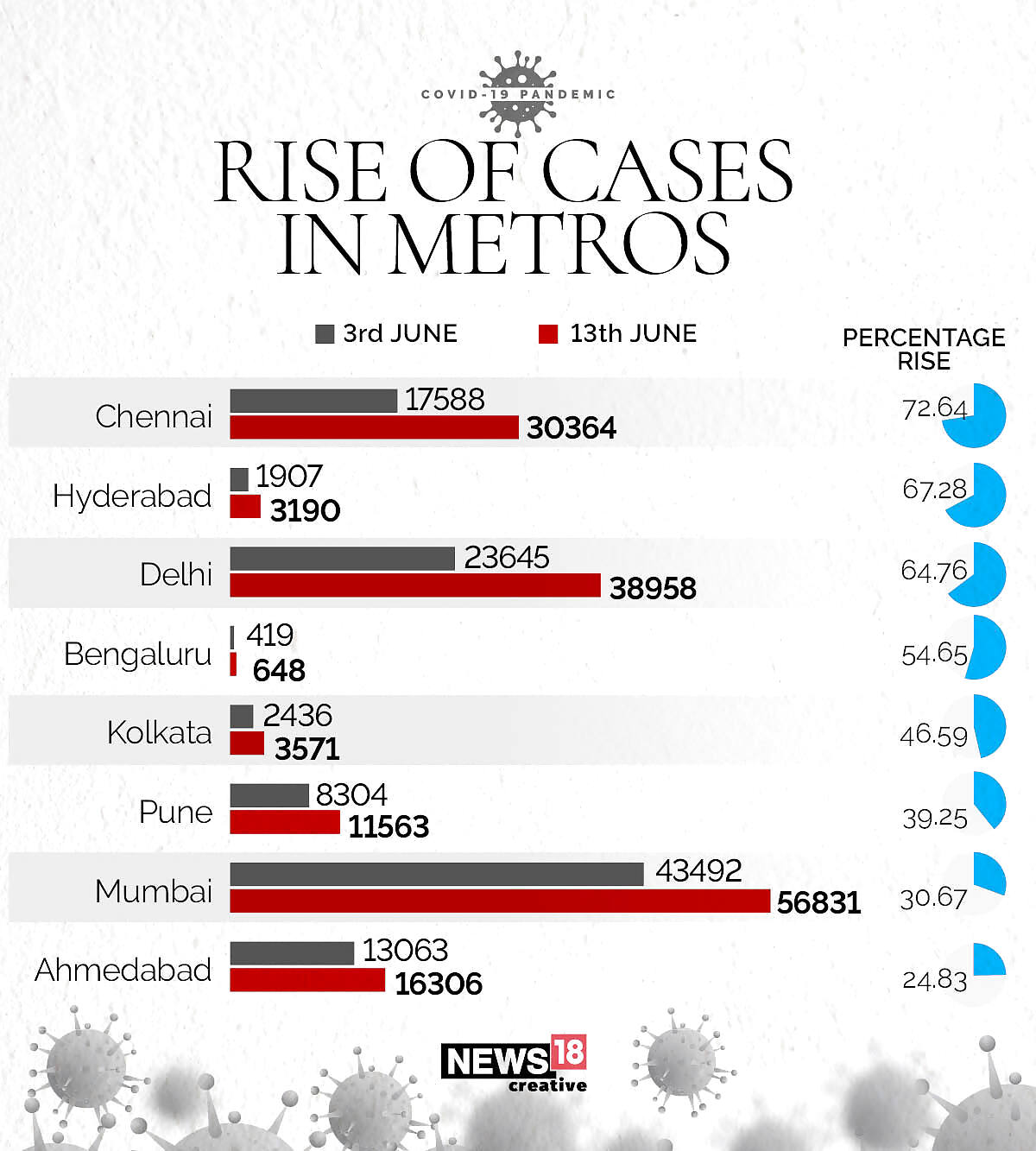
With most of the media focus and efforts of the government on these big 8 cities, there has been another cluster which has slowly but surely seen a surge in the last 10 days – ie, after the lifting of most of the restrictions post Lockdown 4.
India’s Tier 2 cities have seen an alarming rise in the number of cases between June 3 and 13.
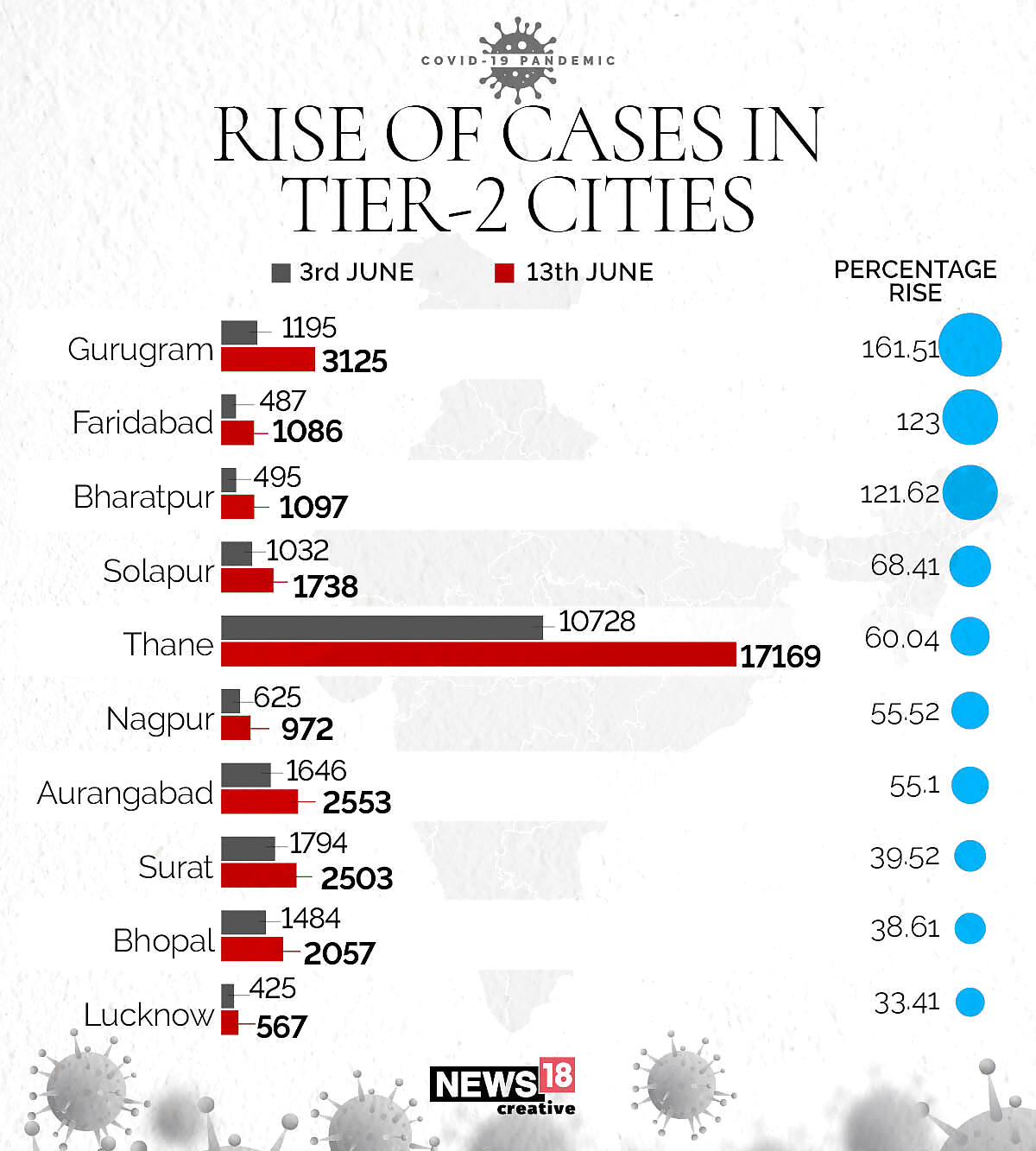
The situation in Gurugram is alarming. The city has witnessed a rise of more than two and a half times in the 10-day period between June 3 and 13. Its percentage increase in cases at 161.51 per cent is by far the highest in the country, even higher than the likes of Chennai and Delhi.
Gurugram’s Doubling Rate has gone down from 36 days in the last week of April to just 7 days in May and June — the highest amongst the 20 worst affected districts in the country by caseload. It has reported close to 200 cases, every day, for the last 10 days and currently accounts for 46 per cent of the total number of cases in Haryana. Its Test Positivity Ratio stood at a staggering 45.6 per cent on June 12 — which basically meant that one in every two people tested was positive. Gurugram may see the number of cases rise to 30,000 by the end of June. Additionally, it has also seen a rise in the number of deaths — from 3 at the end of May to 25 on June 13.
Faridabad saw its cases rise by 599 from 487 on June 3 to 1,086 on June 13. The number of fatalities has also grown three and a half times this month and risen to 28.
With Delhi already under severe stress, this surge in cases in neighbouring Gurugram and Faridabad only adds to the extremely critical situation of the pandemic in the NCR region.
Assam may again be forced to impose a lockdown as the state crossed the 4,000 mark on June 15. Of major concern is their biggest city and the largest of the north-east region, Guwahati, which has recorded half of its cases in the 10 days between June 3 and 13. 25 persons with no travel history have tested positive in the city, raising the panic levels among the authorities. They will conduct 50,000 tests between June 15 and 30 and may be forced to completely lock the city if the number of cases exceeds 500. So far, there are 36 containment zones in Guwahati.
Bharatpur has seen the number of cases more than double between June 3 and 13 and at 566 has the highest number of active cases in Rajasthan. It has reported 11 deaths so far.
Solapur, in south-west Maharashtra, famous for its chadars and towels, has reported a 68 per cent increase in the number of cases in the 10-day period. The concern for Maharashtra is that Thane, Aurangabad and Nagpur, all have seen a percentage rise of 55 per cent to 60 per cent in this period — higher than the corresponding rise in Pune and Mumbai.
Surat and Vadodara have seen a rise in the range of 30 per cent to 40 per cent between June 3 and 13, which is higher than the corresponding increase in Ahmedabad, though there are reports of low testing from Gujarat’s biggest city. Surat, the diamond capital of the world, has been forced to partially shut eight of its firms after 23 diamond workers were tested positive.
Indore and Bhopal account for nearly 60 per cent of Madhya Pradesh’s Covid-19 cases and more than half the number of deceased. While Indore has seen a consistent drop in the number of daily new cases since Unlock 1.0, there has been a rise in the number of infections in the state capital — this is reflected in the rate of growth which stands at 38.61% for Bhopal and just 12.13 per cent for Indore between June 3 and 13. Indore, which still reports the highest number of cases in the state, seems to be on the path to normalcy. It had a Test Positivity Ratio of just 0.56 on June 14 (6 cases from 1,058 tests).
Bhopal has seen a generous relaxation of lockdown curbs since June 1 with the opening of malls and public transport. Even places of religious worship have been allowed from June 15. Indore, meanwhile, continues to have stricter restrictions.
After registering a spike in cases with the return of migrant workers to rural areas, Uttar Pradesh is now witnessing a surge in the posh and upmarket areas of the state capital, Lucknow, with cases being reported from localities such as Gomti Nagar and Indira Nagar.
While the focus will remain on the big metros, the administration needs to keep one eye on these smaller towns and cities sprawling the length and breadth of India.
















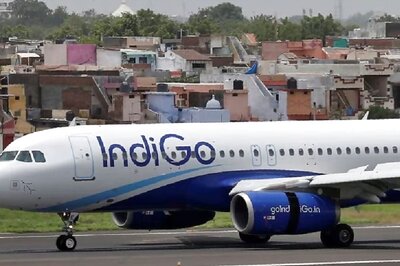

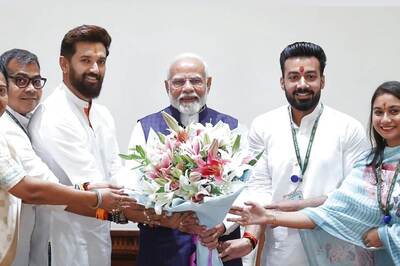

Comments
0 comment